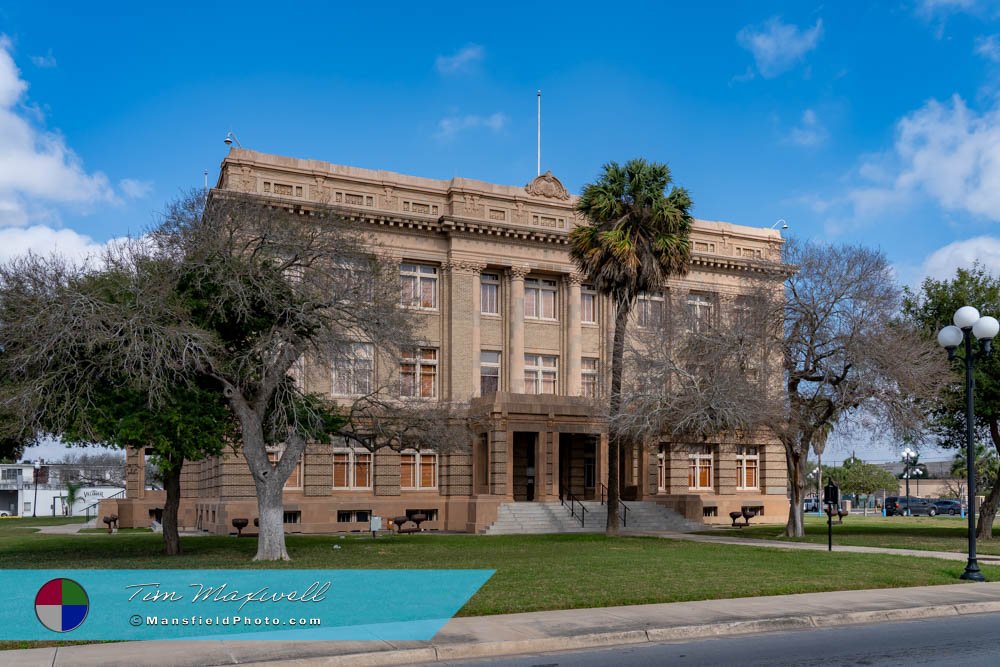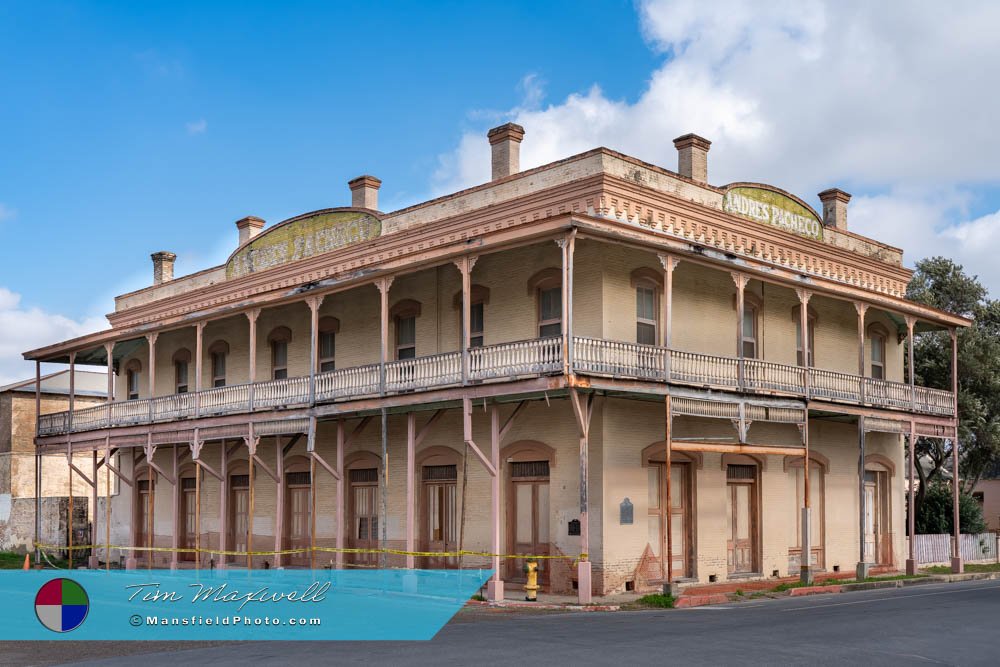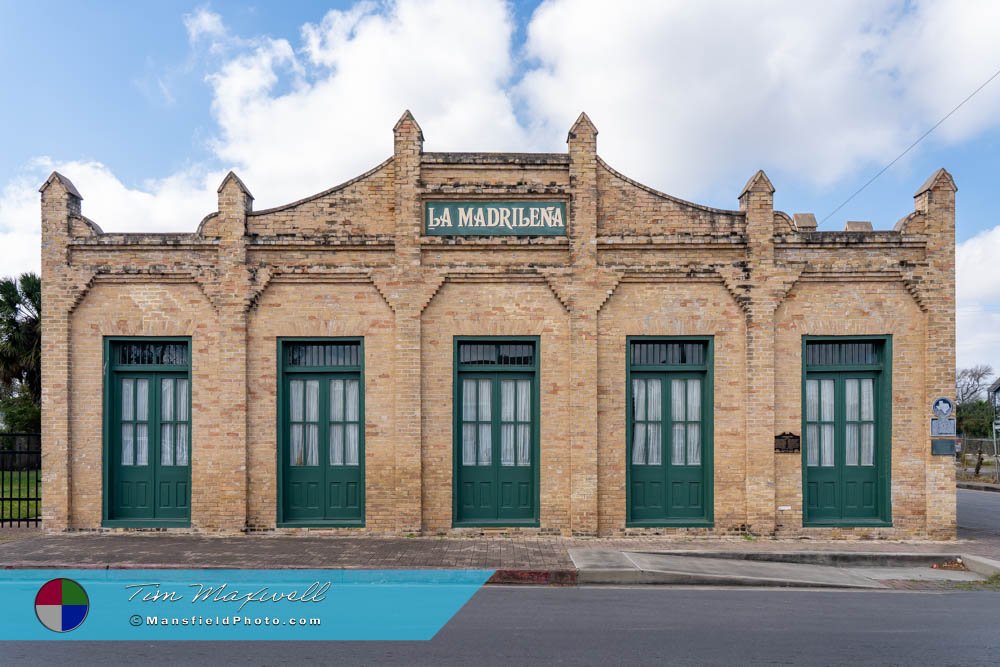Mansfield Photography
Brownsville, Texas
– Complex History and Vibrant Future.
Brownsville, Texas, sits on the southern tip of the state, just across the Rio Grande from Matamoros, Mexico. It is a city where the past and present intertwine, offering a unique blend of cultures and historical significance. From its Spanish colonial roots to its modern-day bustling border economy, this town has played a pivotal role in shaping the region.
A City Built from the Ground Up
Brownsville’s history dates back to the late 18th century when the Spanish government granted José Salvador de la Garza 59 leagues of land in 1781. This vast expanse, equivalent to 408 square miles, was used to establish a ranch several miles north of the present-day location. The area quickly became a crossroads for trade, and as the years passed, its strategic location along the Rio Grande made it a prime spot for settlement.
In the early 19th century, the small community began to develop. The town’s future was further solidified when it was officially founded in 1848, shortly after the conclusion of the Mexican-American War. The signing of the Treaty of Guadalupe Hidalgo had a significant impact on the region, as it formally established the U.S.-Mexico border and solidified the area’s place in American history.
The Name That Stuck
The city’s name comes from Major Jacob Brown, a U.S. Army officer who died during the Mexican-American War. Brown’s final stand was at a military post located near the present-day city, which was established in his honor. Major Brown was killed in battle at the site, and the town that would spring up in the area was named in his memory. Though the city has grown and changed since its naming, the legacy of Major Brown continues to shape its identity.
A Town Shaped by Conflict
The Mexican-American War left a deep mark on the area. After the conflict, Brownsville, like many border towns, became a place of transition, especially in the post-war years. With its proximity to the Mexican border, it became a strategic location for trade and military operations.
During the Civil War, Brownsville’s location again played a key role. As Texas seceded from the Union, the town became a hotspot for Confederate forces. The town served as an important supply route and military position, particularly with the nearby Fort Brown, which was garrisoned throughout the war. Brownsville was a key point of entry for goods and troops, though the Confederate control would eventually be displaced by Union forces. The area saw its share of tensions as both sides vied for control, contributing to the complexity of its early history.
The Flourishing of the 20th Century
By the early 1900s, the town’s development was gaining momentum. One of the most striking symbols of this progress is the 1912 Cameron County Courthouse, a masterpiece of Classical Revival architecture that stands as a testament to the area’s growth and aspirations. In October 1911, the citizens of Cameron County voted overwhelmingly in favor of a new courthouse, passing the proposal 1,058 to 148. Designed by San Antonio architect Atlee B. Ayres, the courthouse was completed in 1913 and remains one of the city’s most iconic buildings.
This grand structure features Corinthian columns and pilasters, a dome, and a classical parapet with terra cotta trim. Inside, the courthouse is even more impressive, with an octagonal rotunda and a stunning art-glass dome. The courthouse has not only served as a symbol of civic pride but also as a key fixture in the community’s legal and administrative affairs.
In the same period, Brownsville began to solidify its place as a center of commerce. The nearby port facilities, including the establishment of the Brownsville Ship Channel, enhanced its economic significance. Over the years, the city became a major hub for trade, with goods flowing through the port and overland trade routes.
The Rise of Modern Brownsville
Today, Brownsville is a city of contrasts—modern yet deeply rooted in tradition. The economy continues to thrive thanks to its location along the U.S.-Mexico border. The town is a vital link between the two nations, facilitating commerce, culture, and immigration. The port of Brownsville remains a key economic engine, serving as an important gateway for trade in and out of the United States.
Cultural and educational opportunities have also blossomed. The city boasts a vibrant arts and culture scene, with numerous museums, festivals, and events celebrating its Mexican and American heritage.
Interesting Facts About Brownsville
- The city has a tropical climate, with hot summers and mild winters, making it a year-round destination for outdoor activities.
- Brownsville is one of the few cities in the U.S. where you can walk from the U.S. into Mexico within minutes, giving it a truly international flavor.
- The city has a notable wildlife presence, particularly at the nearby Resaca de la Palma State Park, which attracts birdwatchers from all over the world.
Conclusion: A Future to Build On
Brownsville has come a long way from its early days as a small Spanish settlement to its present status as a border city with a diverse population and a thriving economy. The city continues to evolve, balancing modern needs with its historical heritage. With a growing economy, a vibrant cultural scene, and a commitment to preserving its past, Brownsville is a place that offers a unique blend of history, culture, and opportunity, making it an essential part of the U.S.-Mexico border region.
📸 Interested in More Photos of This Town?






